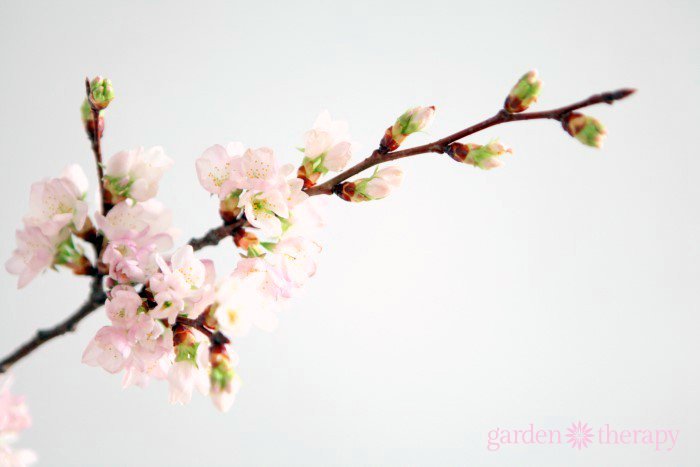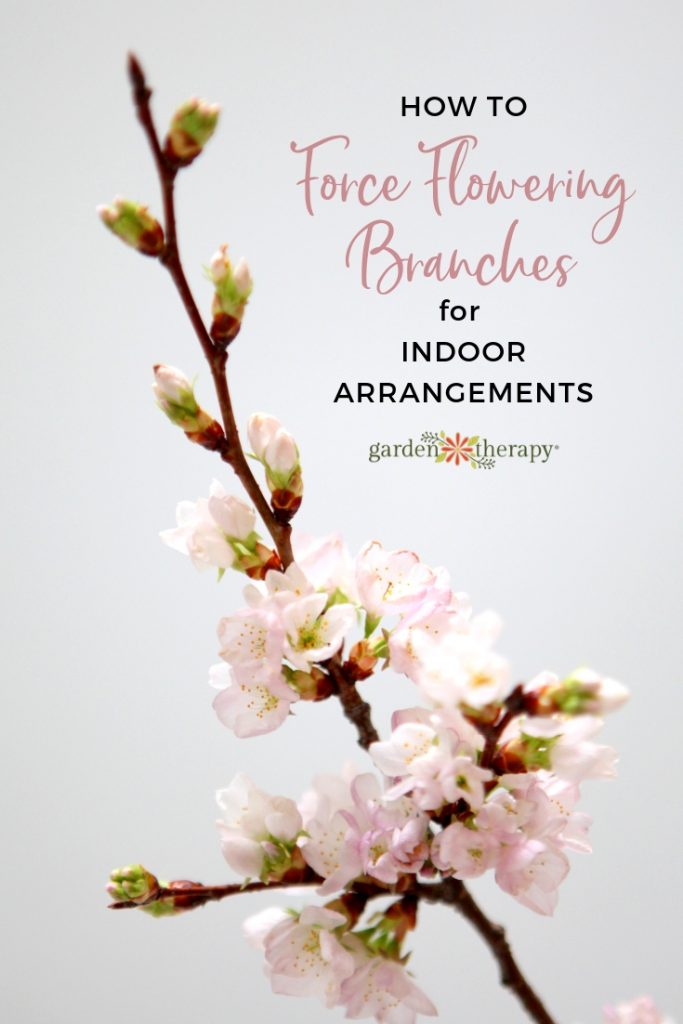If you’re itching for spring, there might be a way to bring it indoors a little bit early. Forcing flower branches allows you to clip from ornamental trees and shrubs before they’ve bloomed and bring them inside. After a few days in the warmth, they’re ready to start blooming!
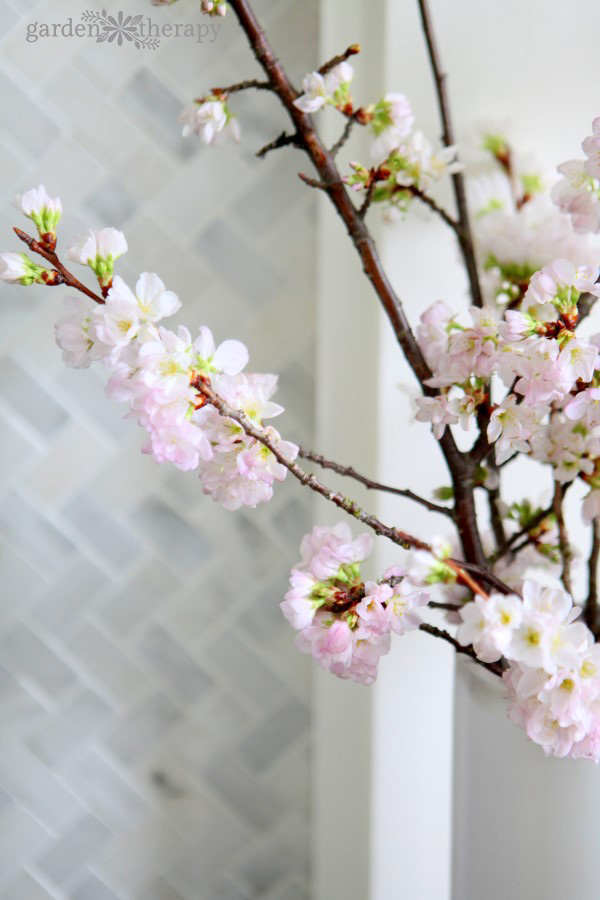
“Forcing” flowering branches is the term used to bring plants indoors to bloom. The term may be a tad too strong for cut branches, though. Forcing, in regards to bulbs, can mean months of chilling, then planting, then watering, then growing. Bulbs really need some strong urging to grow and bloom indoors.
Forcing flowering branches, however, requires more of a gentle encouragement than a strong arm.
Don’t get me wrong, I’m all for the art of forcing bulbs indoors. I do it myself. The work is therapeutic, and the results are worthwhile. Seeing and smelling signs of spring far before they will be enjoyed in the garden is an edifying experience.
But I can also appreciate the ease of snipping branches outdoors for quick use in flower arrangements around the house. Let me show you how!
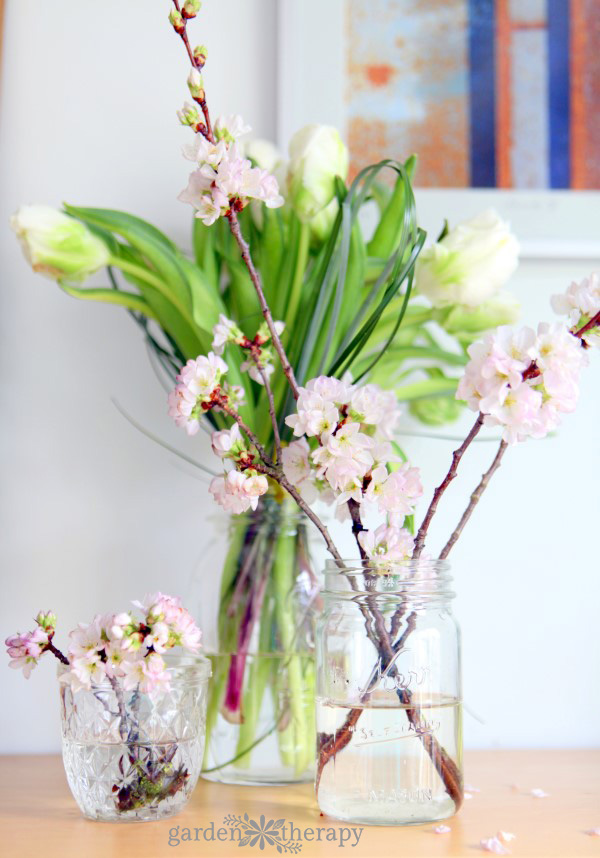

When To Cut Flower Branches for Forcing
You can go on the hunt for branches to force in late winter after at least six weeks of cold weather. The buds on many flowering trees and shrubs will have formed the previous year and are just awaiting a few weeks of warm weather to break dormancy.
In this case, bring the cut branches into the house, put them in water, and set them in a cool, shady location so they can gradually warm up to the indoor temperatures. It may take a few weeks for them to bloom, but they will be decorating your table far sooner than your garden this way.
Personally, I like to bring in branches just before they are about to bloom outdoors. If the temperature is already rising and you see that the buds are beginning to swell, snip the branches, and they should flower in a few days. Instant gratification!
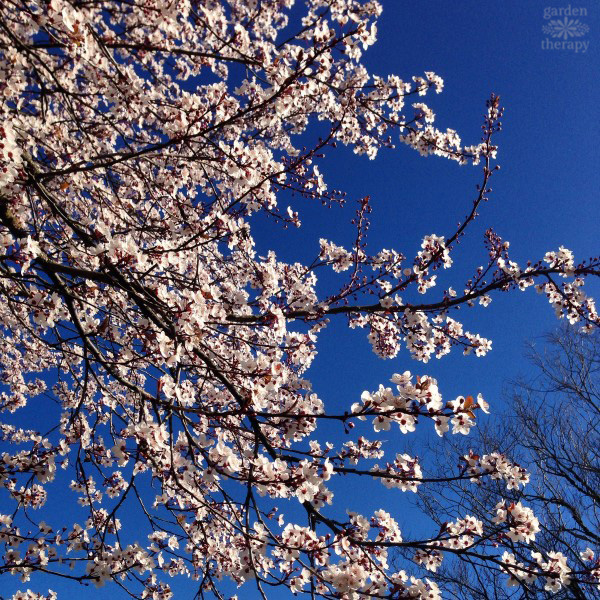

How to Cut Flowering Branches
Cut branches using clean pruners and proper cuts to protect the rest of the plant you are leaving behind. Proper pruning cuts are made at the base of the stem that you want to remove where it grows from the trunk, ground, or larger branch.
You will cut just at the top of the branch collar, a widened part of the branch where it joins the larger branch or trunk. Clean, sharp pruners will ensure that your cuts are clean and smooth.
Do not leave stubs (a length of branch that is left above the collar but bears no buds) or tear the branch off. Both of these are damaging to the tree or shrub you are hoping to keep in your garden!
Once you have removed the branches from the host plant properly, trim and discard any parts of the branches that aren’t decorative. Cut the base of the stem at an angle and hit it a few times with a hammer to really spread open the wood to absorb the most water. Re-cut and smash the branch bases every few days to keep the flowers lasting as long as possible.
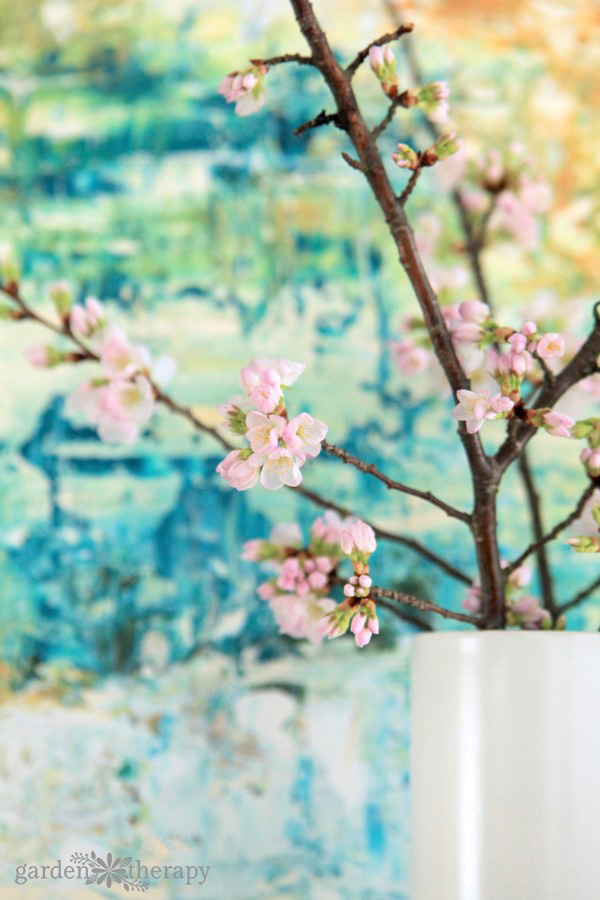

Arranging Flowering Branches
Arrange flowering branches in narrow-necked vases, bottles, or mason jars (a wide neck will not hold the arrangement upright). Large branches look stunning in a demijohn or a suitable replacement like this glass apple juice bottle.
Balance the arrangement with tall arching branches in multiple directions, and some shorter branches in the center to create fullness.
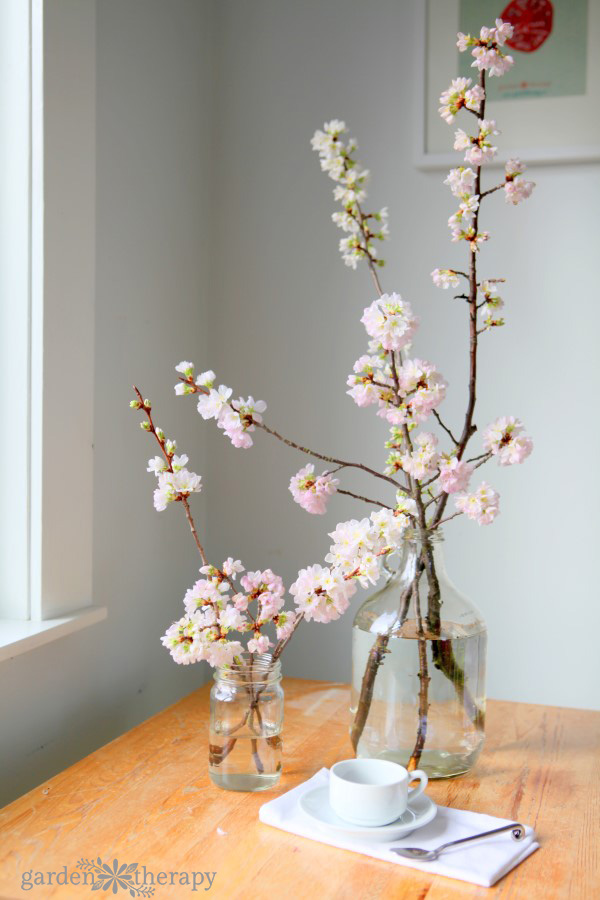

FAQ About Forcing Flower Branches
Yes, you absolutely can. They just won’t last as long compared to the ones you cut early and force indoors.
Forcing branches requires picking branches before they bloom and bringing them inside. Place them in water and give the end of the branch a new cut every other day. The warmth of being inside, as well as the hydration, will “trick” the branch into thinking it’s spring and time to bloom.
Forcing applies to any flower you get to grow early by mimicking its natural conditions. When it comes to branches, this will encourage the flowers to bloom indoors before they begin blooming outside. This does not harm the tree you cut the branches from if done properly (like regularly pruning!).
More Ways to Enjoy Spring Flowers

